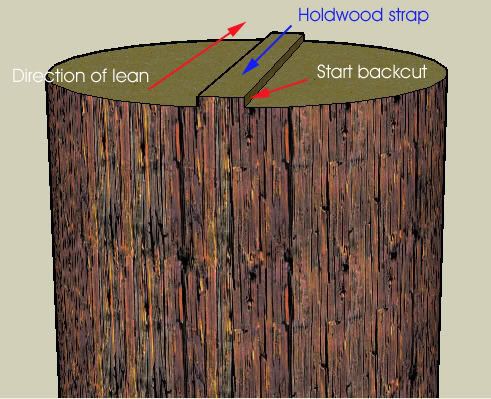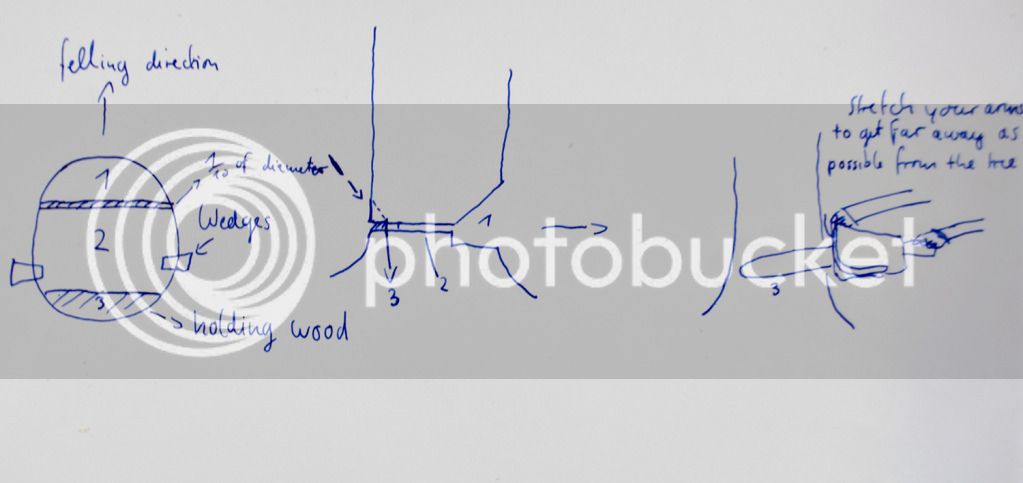TexasTimbers
ArboristSite Operative
- Joined
- Apr 4, 2006
- Messages
- 120
- Reaction score
- 20
I just posted this in the Arborist 101 section and realize it should probably go here. Sorry for the trouble mods - I'll paste the question below:
I'm about to drop a large ERC. I've dropped hundreds and many with a lot of lean, but this one is big for ERC - and as said what I consider extreme lean. 30° to 35°, and because it grew next to an even larger ERC - a massive one (also with lean but not nearly as bad), it has 80% of it's very large limbs on the lean side. It's most likely also hollow to some degree. I plan to do a bore cut to find out before even notching the tree.
This is a barber chair waiting to happen in my mind. I plan to drop it as I have all leaners that is; 1) birds mouth 2) bore cut leaving ~25% holding wood 3) release holding wood 4) haul ass.
But I wanted to ask if there's a better way. FYI when I say I plan to do a bore cut first, I simply mean a "test" bore in the center of the tree the width of the bar only. Once I assess the degree of rot (if any) I can then make the notch, expand the bore, and release the back wood. I know without seeing it, it's tough to give an opinion but I'd still like to hear your thoughts. I've never dropped one this large, with so much lean, and so much weight on the lean side, in such a confined area with so many widow makers that will likely be raining down. I'm not "scared of it" or I'd just pass on it, but it's got my attention for sure.
I'm about to drop a large ERC. I've dropped hundreds and many with a lot of lean, but this one is big for ERC - and as said what I consider extreme lean. 30° to 35°, and because it grew next to an even larger ERC - a massive one (also with lean but not nearly as bad), it has 80% of it's very large limbs on the lean side. It's most likely also hollow to some degree. I plan to do a bore cut to find out before even notching the tree.
This is a barber chair waiting to happen in my mind. I plan to drop it as I have all leaners that is; 1) birds mouth 2) bore cut leaving ~25% holding wood 3) release holding wood 4) haul ass.
But I wanted to ask if there's a better way. FYI when I say I plan to do a bore cut first, I simply mean a "test" bore in the center of the tree the width of the bar only. Once I assess the degree of rot (if any) I can then make the notch, expand the bore, and release the back wood. I know without seeing it, it's tough to give an opinion but I'd still like to hear your thoughts. I've never dropped one this large, with so much lean, and so much weight on the lean side, in such a confined area with so many widow makers that will likely be raining down. I'm not "scared of it" or I'd just pass on it, but it's got my attention for sure.







